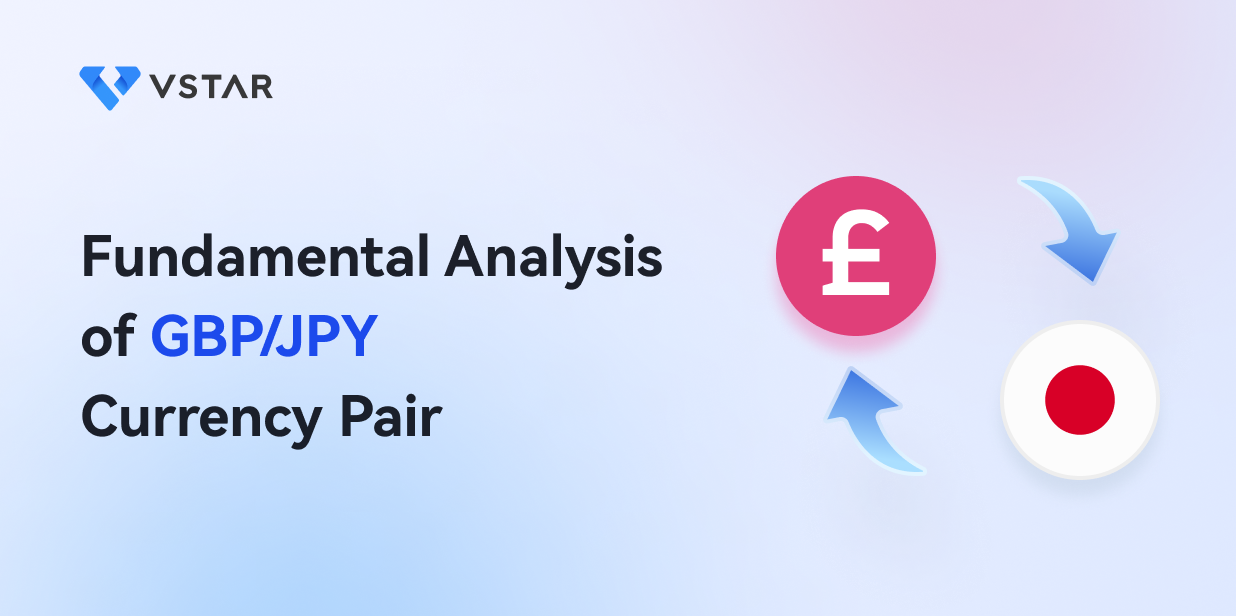The GBP/JPY currency pair is one of the most traded forex pairs in the world, and fundamental analysis is essential for forex traders to understand the underlying factors that drive the market. By analyzing economic indicators, political developments, and global events, you can identify potential trading opportunities and make informed decisions.
The British pound and Japanese yen are both major currencies in the forex market, and their exchange rate is affected by various factors. By staying up-to-date with the latest developments, you can make informed decisions and increase your chances of success in the forex market.
The GBP/JPY currency pair represents the exchange rate between the British pound and the Japanese yen. It shows how many Japanese yen are needed to buy one British pound. The GBP/JPY is one of the most popular currency pairs among traders due to its high volatility and liquidity.
Speaking of the British pound (GBP), it is the official currency of the United Kingdom. The GBP is one of the most traded currencies in the forex market and a major currency. The Bank of England (BoE) is the central bank responsible for regulating the GBP. The BoE monitors economic indicators such as GDP, inflation, and unemployment to set monetary policy and influence the value of the GBP.
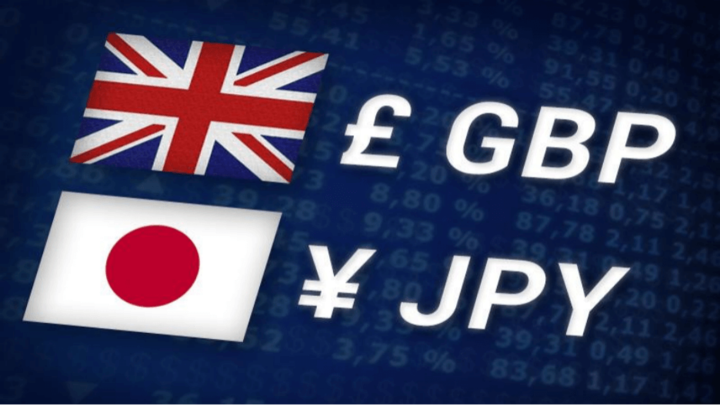
Besides, the Japanese yen (JPY) is the official currency of Japan. The JPY is also considered a major currency in the forex market. The Bank of Japan (BoJ) is the central bank responsible for regulating the JPY. The BoJ monitors economic indicators such as inflation, GDP, and interest rates to set monetary policy and influence the value of the JPY.
Macroeconomic Overview - United Kingdom
The United Kingdom is one of the largest economies in the world and has a significant impact on the GBP/JPY currency pair, and fundamental analysis plays a crucial role in understanding the macroeconomic factors that can impact the GBP/JPY currency pair.
Let's take a closer look at some of the key economic indicators you should monitor.
A. Economic Indicators Review
Gross Domestic Product (GDP) measures a country's economic activity. The UK's GDP has been growing steadily, with the latest figures showing growth of 1.2% in the fourth quarter of 2021. The unemployment rate has also been decreasing, currently standing at 3.8%.
Also, inflation measures the rate at which goods and services prices increase. The UK's inflation rate has been rising in recent months and is currently at 4.4%, well above the Bank of England's target of 2%.
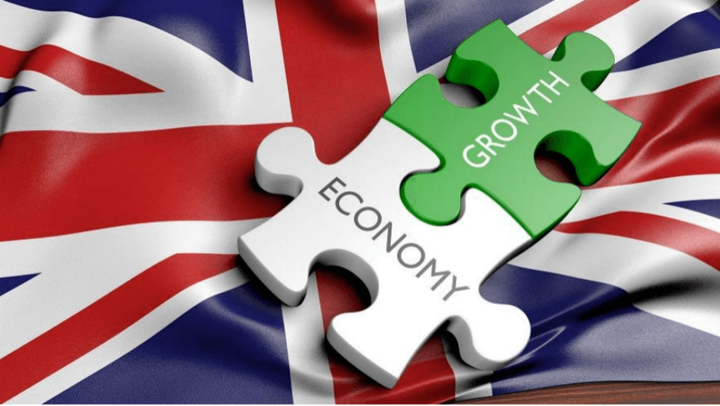
Business and consumer confidence are key indicators of the overall health of an economy. The latest figures show that business and consumer confidence have risen, indicating a positive outlook for the UK economy.
B. Monetary Policy
The Bank of England's monetary policy plays a significant role in shaping the UK's economy. The Bank's main objective is to maintain price stability, with a target inflation rate of 2%. The Bank has recently signaled that it may need to raise interest rates sooner than expected to tackle the higher inflation.
Interest rates significantly impact currency values, and traders closely monitor interest rate expectations. Currently, the market is pricing in a 75% chance of a rate hike by the end of 2022.
C. Political Climate

The government's economic policies significantly impact the UK economy. Recently, the government has announced plans to increase public spending, which could boost economic growth.
Moreover, Brexit has been a key driver of volatility in the GBP/JPY currency pair. While the UK has now officially left the European Union, the final terms of the UK's departure are still being negotiated, which could continue to impact the GBP/JPY currency pair.
Macroeconomic Overview - Japan
A thorough understanding of Japan's macroeconomic environment is essential when trading the GBP/JPY currency pair. Traders should keep an eye on key economic indicators, monetary policy decisions, and the impact of global trade disputes on Japan's economy.

With a solid understanding of Japan's economic landscape, you can make informed trading decisions and potentially profit from trading the GBP/JPY currency pair. It's crucial to conduct a thorough fundamental analysis of both the UK and Japan's macroeconomic environments.
Let's take a look at the economic indicators that are crucial to understanding the Japanese economy.
A. Economic Indicators Review
Japan has the world's third-largest economy, and its GDP heavily depends on exports. The country is also known for its highly skilled workforce, cutting-edge technology, and strong manufacturing sector. The unemployment rate in Japan has been low over the past few years, hovering around 2.8%, which indicates a relatively stable labor market.
The inflation rate in Japan has been low for several years, and the Bank of Japan (BOJ) has set an inflation target of 2%. The BOJ has implemented various monetary policy tools to boost inflation, including negative interest rates and asset purchases. However, inflation remains stubbornly low, and the BOJ has struggled to achieve its target.
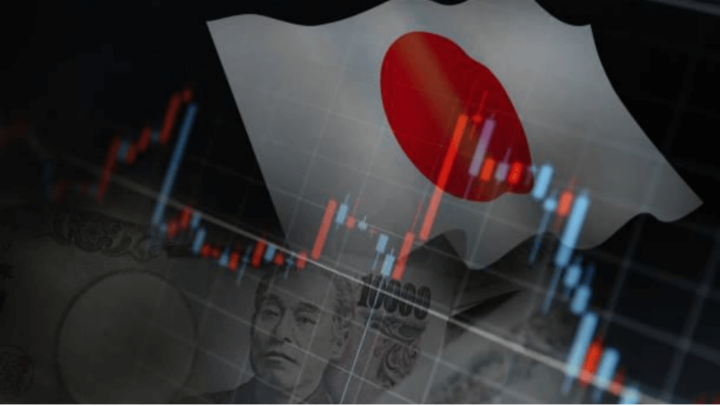
Business and consumer confidence are critical indicators of the Japanese economy's health. In December 2021, Japan's business confidence index dropped by 3.3 points to 9.6. However, the consumer confidence index increased by 2.2 points to 37.2, indicating that Japanese consumers are optimistic about the future.
Business confidence in Japan is measured by the Tankan survey, which assesses the sentiment of large manufacturers and non-manufacturers. The most recent Tankan survey showed increased sentiment among large manufacturers, reflecting the global economic recovery. Consumer confidence has also gradually improved over the past few years, indicating a more positive economic outlook.
B. Monetary Policy
The BOJ's monetary policy has been highly accommodative in recent years, with negative interest rates and asset purchases. Bank of Japan has kept its short-term interest rates at -0.1% since 2016.
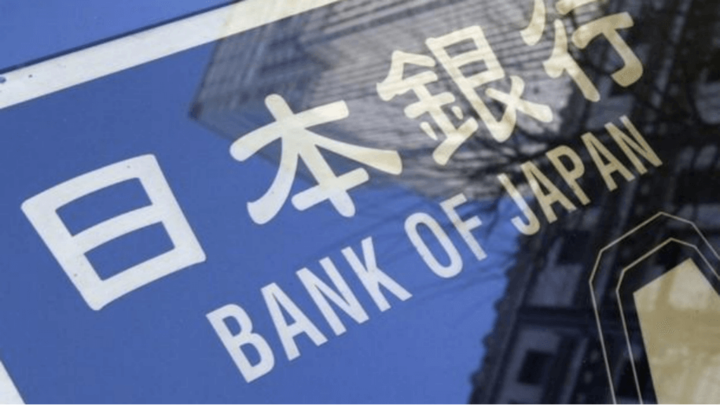
The bank also introduced yield curve control, aiming to keep the 10-year Japanese government bond yield at around 0%. The BOJ has signaled that it plans to maintain its current monetary policy stance for the foreseeable future, but the central bank is constantly monitoring economic developments and could adjust its policy if necessary.
However, the bank could face challenges if inflation continues to rise, and it may need to reconsider its monetary policy.
C. Political Climate
The political climate in Japan could also impact the country's economy. The government has implemented several economic policies, such as the Corporate Governance Code and the Growth Strategy, to boost growth and improve productivity. These policies include labor market reforms, deregulation, and measures to increase female labor force participation. The government has also been boosting infrastructure spending to stimulate the economy.

Still, the impact of global trade disputes on Japan's economy cannot be overlooked, particularly the ongoing US-China trade war. Japan is heavily dependent on exports, so any disruption to global trade has a significant impact on the country's economy. The COVID-19 pandemic has also profoundly impacted the Japanese economy, leading to a decline in tourism and a decrease in consumer spending.
Analysis of the GBP/JPY Currency Pair
Trading the GBP/JPY currency pair requires careful consideration of various economic indicators and factors that can influence its movements.
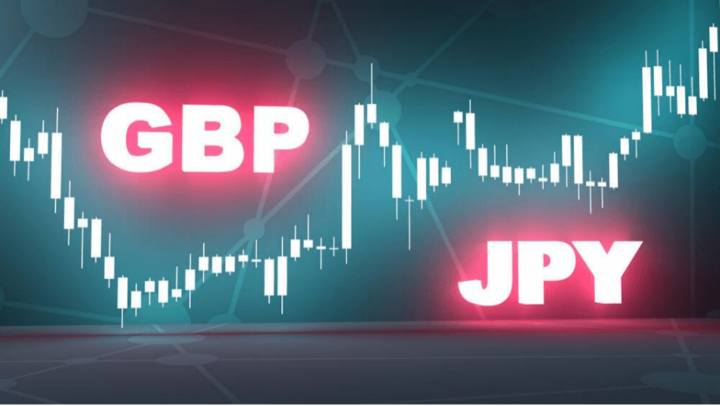
A. Relevant Economic Indicators
In 2020, both countries experienced a sharp economic downturn due to the COVID-19 pandemic, with the UK contracting by 9.9% and Japan by 4.8%. However, by 2022, both economies had recovered somewhat, with the UK's GDP growing by 6.1% and Japan's by 3%. In 2023, the UK is expected to continue its growth trajectory, with a projected GDP growth rate of 4.9%, while Japan's growth is expected to slow to 1.2%.
GDP growth, inflation rates, and interest rates also significantly impact the GBP/JPY currency pair. Higher GDP growth rates and interest rates generally strengthen a currency, while higher inflation rates can weaken it. In 2020, both the UK and Japan implemented monetary easing policies to combat the economic effects of the pandemic, which led to low-interest rates and inflation rates. In 2022 and 2023, the Bank of England and the Bank of Japan both began to gradually increase interest rates in response to improving economic conditions.
B. Factors Supporting a Bullish or Bearish Stance

Brexit has had a significant impact on the GBP/JPY currency pair. The uncertainty surrounding the UK's departure from the EU led to volatility in 2020. In 2021, as the UK and EU reached a trade agreement, the GBP/JPY pair stabilized. In 2022 and 2023, Brexit may continue to impact the currency pair if the UK's trade relationship with the EU changes.
The Bank of England's interest rate policy can also influence the GBP/JPY currency pair. As mentioned earlier, the Bank of England raised its interest rate in late 2022, signaling a more hawkish stance. This may support a bullish stance on the currency pair. However, any unexpected changes in the Bank's policy may impact the currency pair in the future.
The Bank of Japan's monetary policy can also affect the GBP/JPY currency pair. The Bank of Japan has maintained its accommodative policy in 2020, 2021, and 2022, which may support a bearish stance on the currency pair. However, any unexpected changes in the Bank's policy may impact the currency pair in the future.
C. Potential Risks to the Currency Pair

One potential risk to the currency pair is sudden changes in global trade policies. The COVID-19 pandemic has led to disruptions in global trade, and any significant changes to trade policies could impact the GBP/JPY exchange rate. Additionally, unexpected changes in UK or Japanese monetary policies could also impact the pair's value.
Political tensions between the UK and Japan are another GBP/JPY currency pair risk. In 2020, negotiations between the UK and Japan led to the signing of a free trade agreement, which helped to alleviate some political tensions. However, ongoing political tensions could still impact the currency pair.
In 2022 and 2023, the UK and Japan are expected to continue negotiating their relationship, which could impact the GBP/JPY exchange rate. Therefore, investors might experience a high level of volatility trading this pair. As a result, it is important to find a good trading platform with a tight spread and strong regulation.
VSTAR comes to the rescue, by using VSTAR (Value, Scarcity, Transferability, Authenticity, and Relevance) to analyze the GBP/JPY currency pair and considering potential risks, you can make informed decisions about when to buy or sell the currency pair. While there are risks to the GBP/JPY exchange rate, a careful analysis can help you navigate these potential obstacles and take advantage of trading opportunities.
Trading Strategies for GBP/JPY
There are a variety of strategies that you can use to increase your chances of success. Some popular trading strategies for GBP/JPY, include technical analysis, risk management, and news trading.
A. Technical Analysis
One of the most popular strategies for trading GBP/JPY is technical analysis. This involves using charts and indicators to identify trends and patterns in the market. Doing so lets you make informed decisions about when to buy or sell the currency pair.
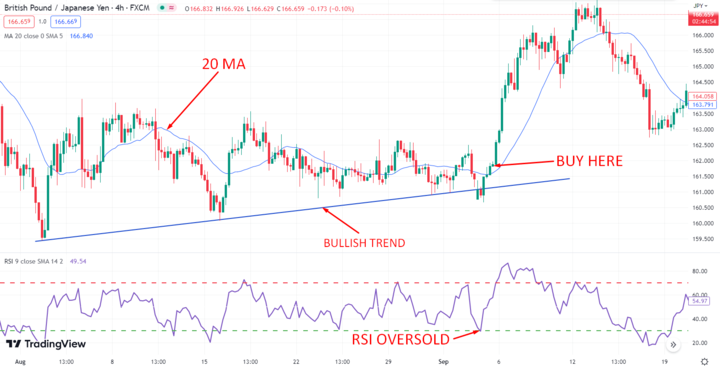
Some popular technical analysis tools for GBP/JPY include moving averages and the relative strength index (RSI). Moving averages help traders identify the direction of the trend, while the RSI measures the strength of the trend. When used together, these indicators can provide valuable insights into the market.
B. Risk Management
Another important aspect of trading GBP/JPY is risk management. This involves setting stop-loss and take-profit levels to limit losses and maximize profits. You should also determine your position size based on your risk tolerance.

It's important to remember that trading always involves some level of risk. However, using sound risk management techniques can reduce your overall exposure and increase your chances of success.
C. News Trading
Finally, news trading is another popular strategy for trading GBP/JPY. This involves following economic events and data releases that can impact the market. By doing so, you can make informed decisions about when to buy or sell the currency pair based on market reactions to the news. When news is released, the market can be quite volatile. As a result, it's important to have a solid understanding of the market and to be prepared to act quickly to take advantage of opportunities.

If you're interested in trading GBP/JPY, VSTAR is an excellent platform to consider. With VSTAR, you can execute trades quickly and easily, and you'll have access to a variety of tools and resources to help you make informed decisions. Some of the features of VSTAR include advanced charting tools, real-time market data, and a user-friendly interface. Additionally, VSTAR offers excellent customer support and a variety of educational resources to help you improve your trading skills.
Trading GBP/JPY can be a profitable and rewarding endeavor if you use sound trading strategies and practice good risk management techniques. Whether new to trading or experienced, VSTAR can help you achieve your goals and maximize your profits. So why not sign up for VSTAR today and start trading GBP/JPY with confidence?
Conclusion
The GBP/JPY currency pair has been subject to various fundamental factors that have impacted its price movements. The UK's economic performance, Brexit negotiations, and the Bank of England's monetary policy decisions have influenced the value of the GBP, while the Bank of Japan's policy decisions and the performance of the Japanese economy have affected the JPY's value.
Based on our analysis, the GBP/JPY pair appears bullish in the long term, supported by the UK's strong economic recovery and the BoE's hawkish stance. However, you must keep a close eye on potential changes in the economic and political climate that may affect the pair's value.
However, it is essential to note that fundamental analysis is just one approach to trading the GBP/JPY pair and should be combined with technical analysis and risk management strategies to make informed trading decisions. As always, staying up to date with the latest news and market developments is essential to adapt to changing market conditions.
